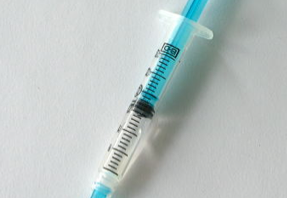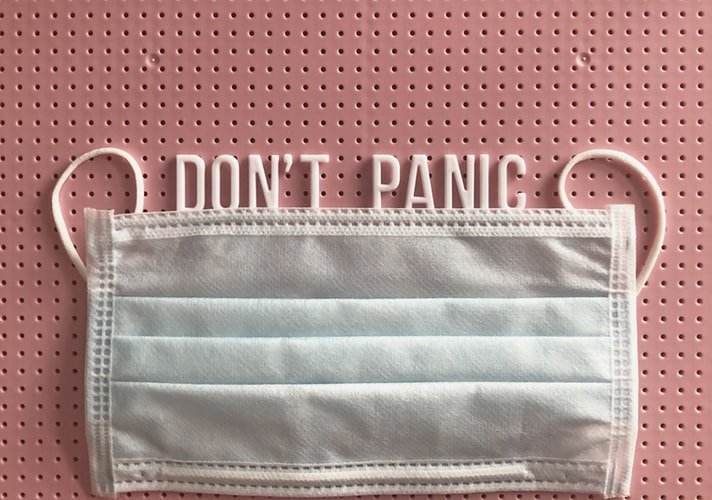NeedyMeds is pleased to announce our latest partnership with SafeNeedleDisposal.org! In honor of this new partnership we are spotlighting this week’s blog post on the safe disposal of needles.
Needle disposal is a public health and safety issue that is commonly overlooked. The problem is that there are limited options for safe disposal of needles which leads to dangerous situations for the public – including injury and the spread of infectious disease. Additionally, information about safely disposing of syringes and needles is difficult to come by and often misunderstood. Each year “approximately 9 million syringe users will administer at least 3 billion injections outside health care facilities.” Many of these users are unaware of how to properly dispose of their needles, and “simply throw their used needles in the trash or flush them down the toilet, posing a risk of injury or potential infection from diseases such as Hepatitis B or C and HIV to anyone who encounters them.”
But Who is Really at Risk?
The group of people who are put in the most danger by improper needle disposal are environmental service workers – janitors, housekeepers, waste and recycling workers and sewage treatment workers. When a needle is tossed directly into the trash, it has the potential to stick whoever removes that trash. So the janitor may get stuck, the garbage-man may get stuck, and the waste-worker at the waste facility could get stuck. It is also possible for an animal to get to the needle or for it to tear through the trash bag. Any of these scenarios may ultimately expose the needle to neighbors and children.
 How to Dispose of Needles Safely
How to Dispose of Needles Safely
The Environmental Protection Agency (EPA) originally recommended that “patients use a sturdy household container to store their used sharps and when that container was full, secure the lid tightly, wrap the lid in tape, write DO NOT RECYCLE on the outside of the container and throw in the household garbage.”
However, in 2004 the Coalition for Safe Community Needle Disposal along with the EPA released updated guidelines on how to dispose of needles safely. Each state now has their own guidelines to safely dispose of needles and other sharp medical objects.
All of this information is available on safeneedledisposal.info. Simply find and click on your state for more information. Many states have programs in place with multiple locations to drop off used needles. Additionally many recommend a variety of needle destruction devices that bend, break, incinerate, or otherwise destroy needles and other sharp devices. We recommend looking up your state to find out how to properly dispose of your needles. If you need any help call 1-800-643-1643 and we will get you the information!





3 Comments
I thought it was interesting when you mentioned that the people who are at the most risk when needles are improperly disposed of are janitors and other environmental workers. As far as I know, a lot of times drug houses will be renovated and then eventually sold. If people find a needle that was missed in the cleanup process, it would be important for them to have a professional cleaning service come and remove it for them.
I have insulin needles for disposal please advise on your services with rates on disposal.
I have Trulicity syringes as well please send me a quote for disposa.
Thanks
Neither NeedyMeds nor SafeNeedleDisposal.org facilitate the direct disposal of medical sharps, but can direct you to local resources that do. Please visit SafeNeedleDisposal.org or call 1-800-643-1643 for more information.